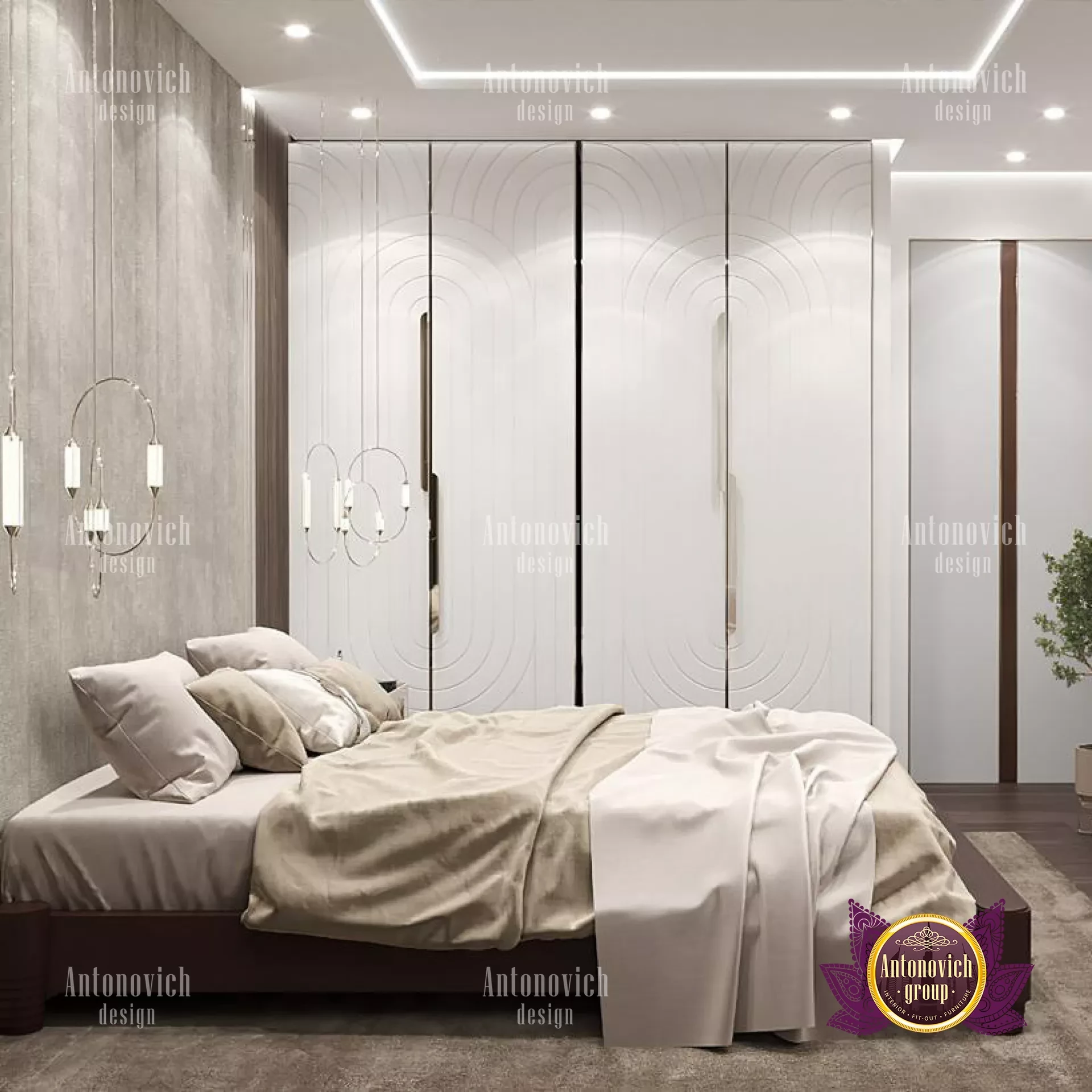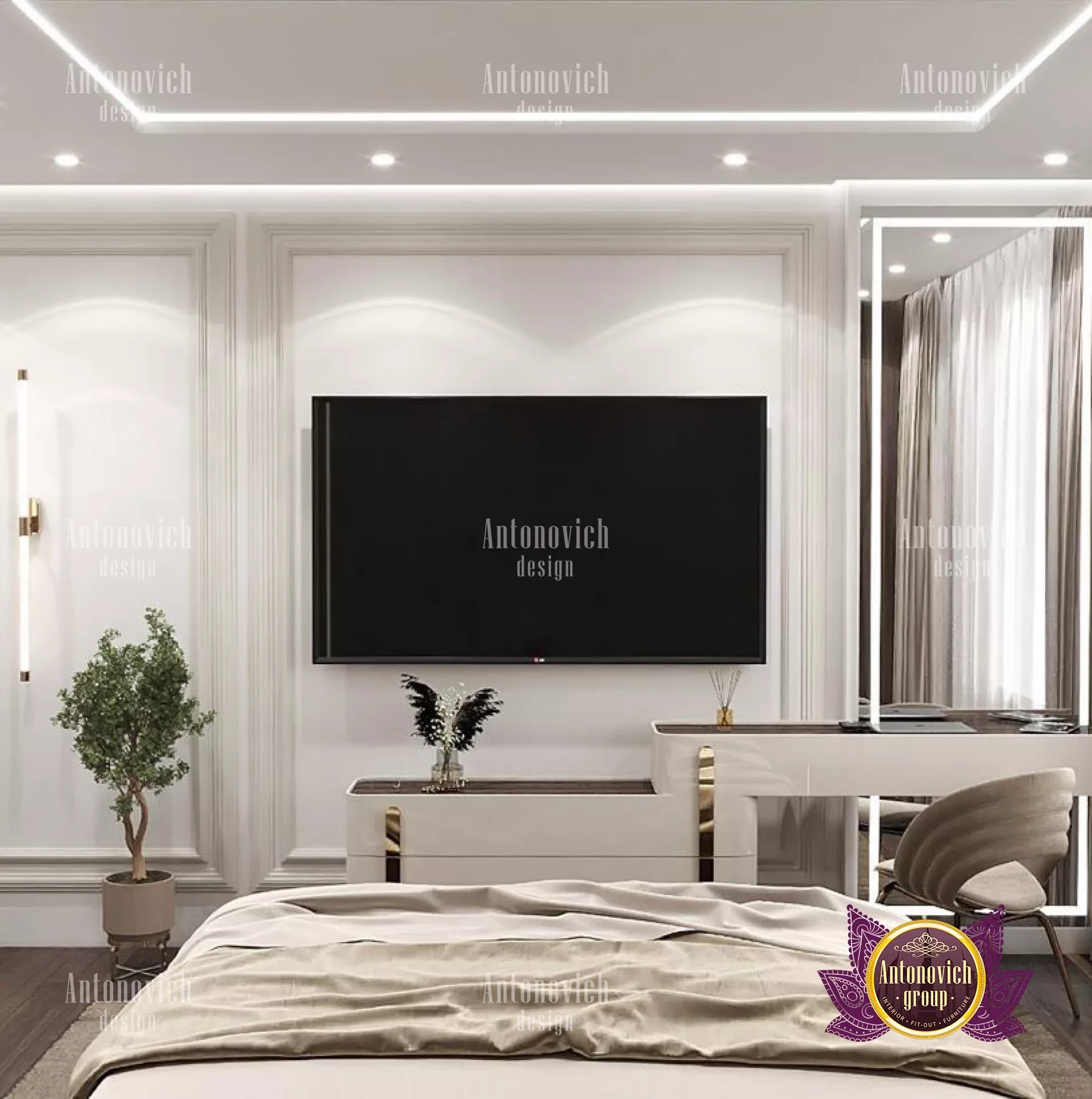GUIDE TO A GOOD SLEEP
After a long day, you should look forward to going back to your bedroom. We can provide guidance if you're unsure of what to consider while designing your sleeping area. Whether you're outfitting your space from new or just making some long overdue renovations, keep in mind these essential designer suggestions. Yes, having a huge mattress may feel comfortable and lovely, but not if it makes your entire sleeping area look really little. The bedroom may be difficult to make feel perfectly designed because it's all about comfort and usefulness, whether you're an aspiring interior designer or just want to give your own house a little facelift. Don't worry; we've got some decorating advice here to make the most of your bedroom layout.

Here are some interior design hints to get you started if you've been wondering how to decorate a bedroom: Use muted colors. Beautiful bedrooms should be relaxing, comfortable spaces, and the ideal color schemes to achieve that are delicate color palettes like lavender and light blue or neutral hues like whites and creams. This doesn't imply that your bedroom has to be dull; if your preferred hues are strong hues, feel free to try out a variety of techniques for include eye-catching flashes of color. Consider experimenting with some striking throw pillows, a pattern-filled duvet cover, comforter, or bedspread, or even an intriguing paint or wallpaper choice for a feature wall or the ceiling. Focusing on the ease of mobility, or how easily you can move around the floor area without feeling confined, is one of the finest methods to give your bedroom a tranquil and pleasant atmosphere. Prevent having as much unnecessary furniture in your luxury bedroom as you can to avoid having to squeeze past bedside tables or tumble over bookshelves and coffee tables in order to get to your bed. This is particularly crucial in tiny areas and rooms because there isn't much room and you need to make sure you can breathe. If you're struggling particularly, consider adding more storage areas, such as drawers beneath your bed.

Consider the apparent weight of your furniture. It's crucial to consider how your bedroom appears as well as how easily you can walk about it when determining whether or not it's cluttered. Every piece of furniture has a perceived weight; for instance, a simple bed frame without a headboard would appear considerably lighter than a large, obtrusive bedframe. The visual weights of each component should be considered when choosing bedroom furniture. Consider a tall headboard or a sizable piece of wall art to fill the area and direct the attention upward in a master bedroom with high ceilings if your bedroom has a tiny floor plan. If you're short on room, don't worry too much about a costly, eye-catching centerpiece; instead, make your bed the focus of attention. A wall mirror is a terrific tool for altering the visual weight of any area; light mirrors may nearly produce a negative visual weight that makes it appear as though they are expanding the space. For optimal utility and cohesiveness, layering your bedroom's lighting is a smart idea rather than relying just on your overhead light or a table lamp. This means incorporating a number of various light sources that you can turn on and off. Consider the various straightforward light sources you can use in your bedroom (such as built-in natural light, overhead lights, floor lamps, bedside lamps, table lamps, reading lights, pendant lights, dimmers, and sconces) and choose a few to include.












